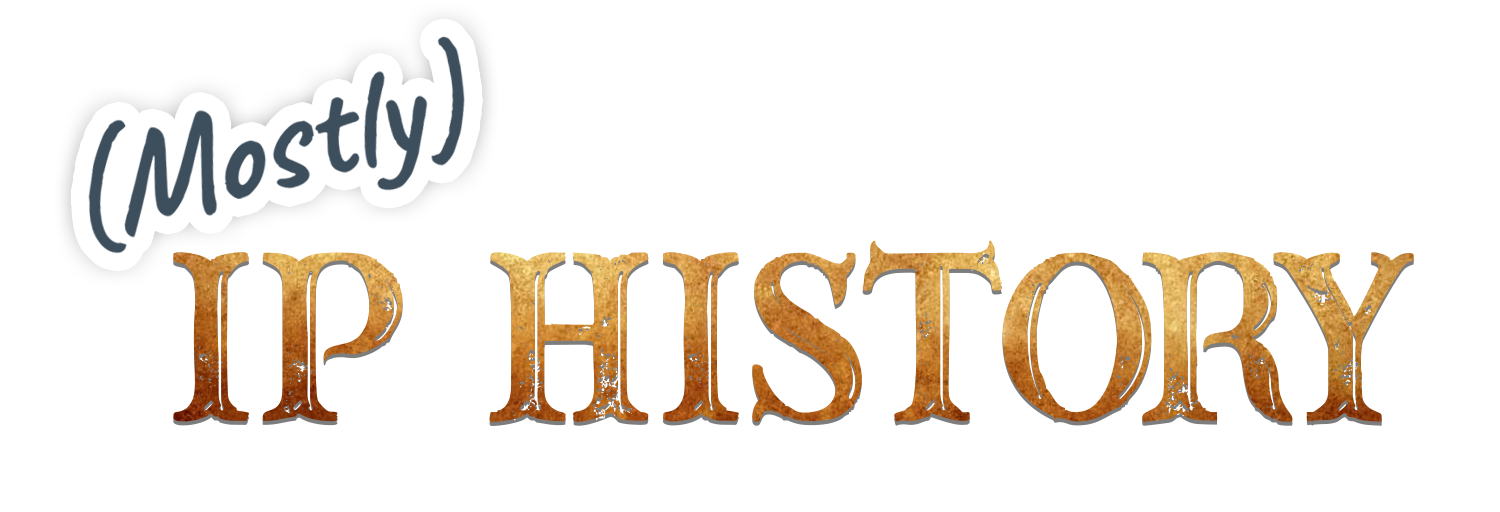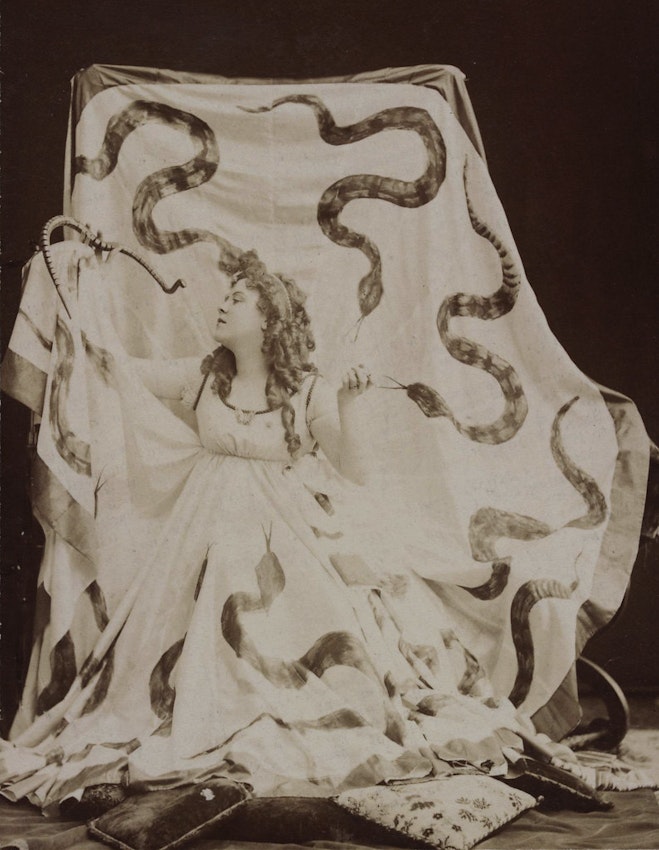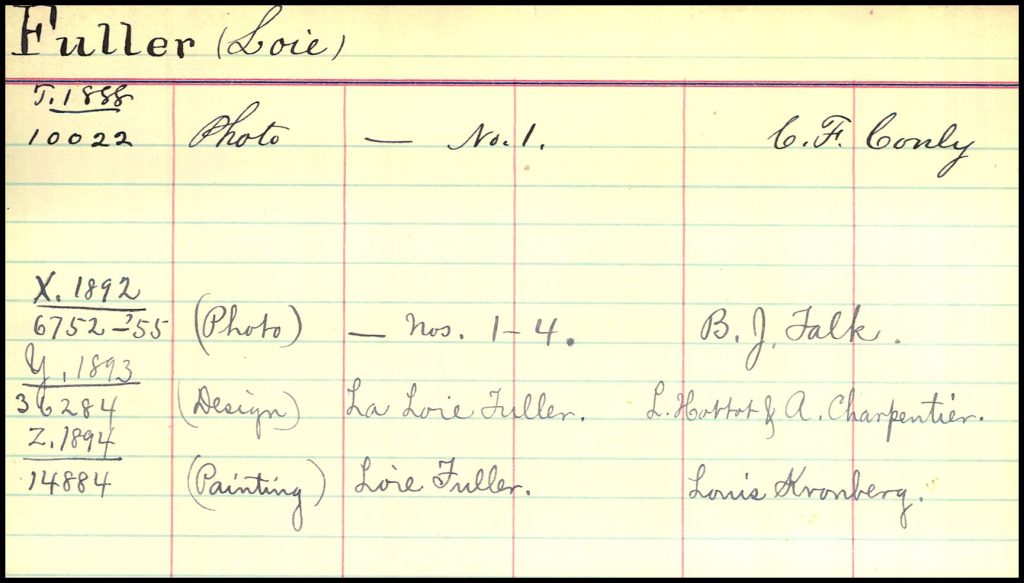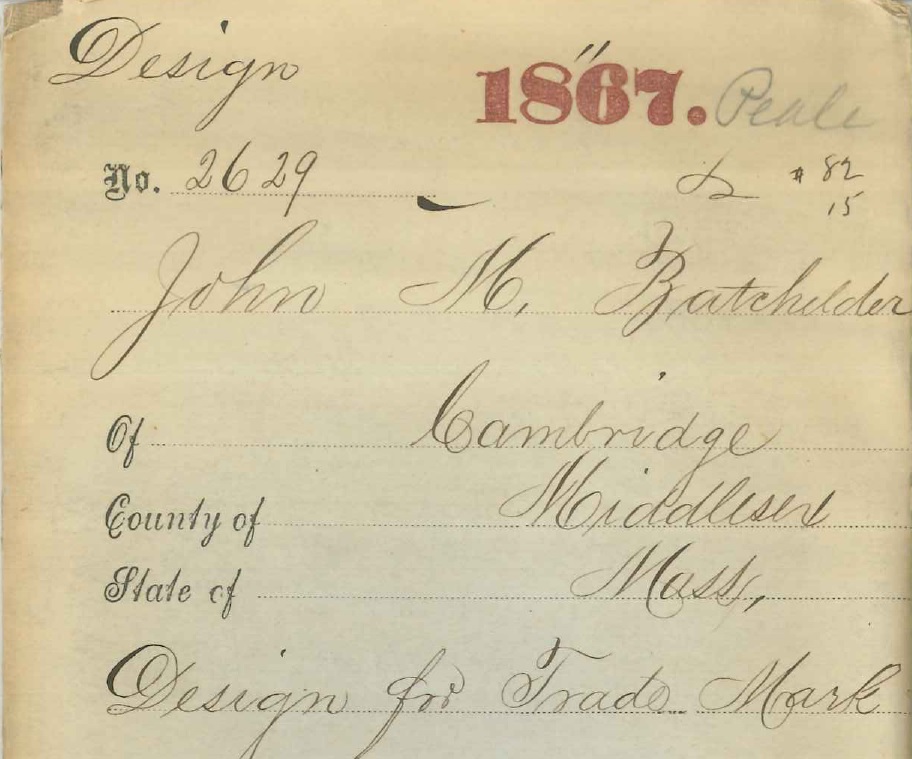19
Apr
2024
Registering Generative AI Works for Copyright Under the Rule of Doubt
The Copyright Office is currently involved with the question of how to handle applications to register works which are partially or fully made using generative AI. A study is currently ongoing on numerous areas of AI and copyright, and over 10,000 comments have been submitted. However, aside from a isolated blog post, so far as I can tell none of them mention the “Rule of Doubt” as a way to handle there registrations. The rule of doubt nowadays is essentially only used for computer software where only object code has been deposited, but it has historically been broader. I think it offers at least a temporary solution as we figure out how copyright looks in the mid-21st century.
As I explained in Examining Copyright, the rule of doubt is both a examination doctrine and a registration caveat of substantial vintage. As the name suggests, the rule of doubt is essentially a registration with a cloud over it – the Office accepts the registration but the caveat of the rule of doubt robs it of the presumption of validity which generally attaches to a registration. Probably the best statement of the vintage rule of doubt comes from a 1969 article , which describes it as a “rule of reasonable doubt,” whereby
a claim should not be disapproved if there is a reasonable doubt as to its validity (as may ultimately be determined by a court), even though the Office itself may consider the claim invalid-hence the policy of refusing only those claims which are defective on their face.
David Goldberg & Richard Dannay, Fraud on the Copyright Office: Its Use and Misuse as a Defense in Copyright Infringement Actions, 44 N.Y.U. L. REV. 540, 557 (1969)
Although sources trace it to the 1940s, it actually goes back even earlier. In 1911 the Copyright Office accepted registrations of piano rolls as musical arrangements under a early version of the rule of doubt, even though Congress had declined to extend copyright protection to piano rolls only two years earlier. Examining Copyright at 514. Following the fee increase of 1928, owners of content for newspaper syndication began sending books of collected content instead of paying a fee per piece of content, which the Office accepted under the rule of doubt for years until they stopped doing so in the mid-1930s, leading to litigation. Id. at 519. Patry on Copyright traces the first appearance of the rule to 1942, in Assistant Register of Copyrights Herbert A. Howell’s work The Copyright Law. § 17:129. Rule-of-doubt registrations. According to the Copyright Office’s 1950 Manual, they would “register material which we feel a court might reasonably hold to be copyrightable, even though, personally, we feel that it is not subject to copyright.”
The year 2024 marks sixty years since what is generally considered the first computer program registration – in 2019 I wrote here about how these registrations were made under the rule of doubt in 1964, and the precedent was important. With that decision, the Copyright Office managed to avoid making itself the nexus of a substantial policy debate without resolving the question conclusively, while at the same time serving its function as the administrative center of American copyright law.
The litigation over the copyrightability of typefaces in the 1970s gives further evidence of what the rule of doubt meant prior to 1978 – that the Copyright Office “will resolve any reasonable doubt concerning the copyright ability of a particular work in favor of registration.” Eltra Corp. v. Ringer, No. CIV.A. 76-264-A, 1976 WL 21070, at *3 (E.D. Va. Oct. 26, 1976), aff’d, 579 F.2d 294 (4th Cir. 1978). However, the passage of the 1976 Copyright Act changed the dynamic for the rule of doubt – previously without a registration a suit could not be brought, thus increasing the demand on the Copyright Office to approve the registration. That was no longer the case, but although consideration was given to abandoning the rule of doubt, the Copyright Office did not do so.
In 1983, the Copyright Office proposed that they would allow registration under the “‘rule of doubt’ based on an object code format as the deposit” or in cases of trade secrecy where the examiner had not seen the work. Notice of Inquiry Deposit Of Computer Programs and Other Works Containing Trade Secrets, 48 FR 22951-01 (May 23, 1983). Nowadays, “as a general rule, the Office will apply the Rule of Doubt only in” attempts to register computer software where source code is not deposited, or in situations where the examiner is not sent the deposit material due to trade secrecy. There is an allowance of other “exceptional circumstances” where it could be used, but the Copyright Office “will not register a claim under the Rule of Doubt simply because there is some uncertainty as to how that issue may be decided by a particular court.” Compendium § 607.
As indicated, section 607 of the Compendium of Copyright Office Practices contains the rule of doubt nowadays. The statement of the rule is quite broad, but it is subject to the above caveats:
On occasion, the Office may register a claim to copyright, even though the Office has reasonable doubt as to whether the material submitted for registration constitutes copyrightable subject matter or whether the other legal and formal requirements of the statute have been met. This practice is known as the Rule of Doubt.
Compendium Section 607 – Registration Made Under the Rule of Doubt
Nonetheless, there is an allowance of other “exceptional circumstances” where it could be used, but the Copyright Office “will not register a claim under the Rule of Doubt simply because there is some uncertainty as to how that issue may be decided by a particular court.” In practice, though, the rule of doubt is now limited to “registrations submitted in formats that are not understandable to humans.” Compaq Computer Corp. v. Procom Tech., Inc., 908 F. Supp. 1409, 1415 (S.D. Tex. 1995). The last registration I could find using the rule of doubt in a more traditional situation was made in 2011 – VA0001789386, Designs by Pauline Landers Circa 1945.
It may be that the traditional rule of doubt is no longer applicable under the 1976 Act, but the shift to using it only for object code and trade secrets is much more recent than that. More to the point, the use of the rule of doubt for computer software when the statutory and constitutional bases for protection were not established offers a precedent we can learn from. I don’t claim to know if works which incorporate generative AI are copyrightable, and I’m in fact fairly skeptical of claims that they are at least as to the AI portions. But the administrative structure of the Copyright Office is a difficult place to have this discussion, as a recent article in Wired shows. As the Copyright Office begins to offer more flexibility on AI, the rule of doubt is a way to do so without granting prima facie validity if Courts find that copyright does not cover these works.








